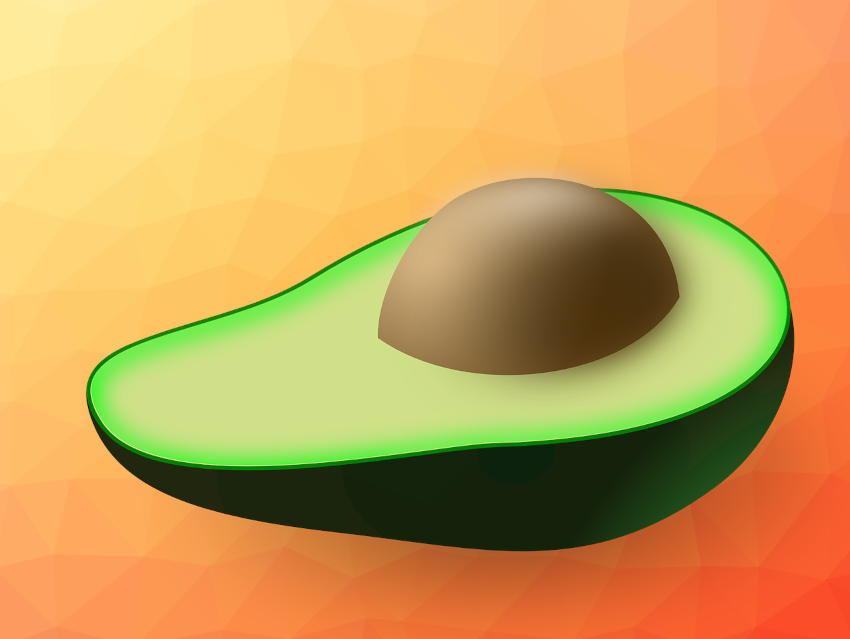Avocados are very popular food items, but it can be difficult to keep them from spoiling. They often have to withstand long transportation times to grocery stores around the world, but their shelf life is limited and can be difficult to monitor. There are techniques to delay ripening, such as using ethylene inhibitors, e.g., 1-methyl-cyclopropene (1-MCP). Coatings provide another option. For example, naturally-derived chitosan can show antimicrobial activity when applied as a coating to fruits.
Angie Homez-Jara, Universidad del Tolima, Ibagué, Colombia, and University of Guelph, Canada, Angelica Sandoval-Aldana, Universidad del Tolima, and colleagues have compared the performance of chitosan coatings with 1-MCP treatment for preserving the quality of avocados and increasing shelf life. The team used mature Hass avocados from a commercial farm in Colombia and split them into four groups: a control with no treatment, a group that was exposed to 1-MCP, and two groups with chitosan-based coatings. For the latter, chitosan solutions at two different concentrations were used: one with 1.0 % w/v low-molecular-weight chitosan and one with 1.5 %. The avocados were dipped in the chitosan solutions and air-dried.
To simulate realistic transportation conditions during the export of avocados, the team stored the avocados at 5 °C for 21 d. After this, the temperature was increased to 20 °C to induce ripening and simulate a grocery store environment.
The researchers found that the control samples and the avocados coated with the 1.0 % chitosan solution were edible for up to 33 d, and the 1-MCP-treated fruits and the samples treated with the 1.5 % chitosan solution were edible for up to 42 d. However, the avocados treated with the higher-concentration chitosan solution showed uneven ripening. The firmness of the avocados decreased relatively sharply around day 21 for the control group and the 1.0 % group, around day 24 for the 1.5 % group, and around day 33 for the 1-MCP group.
Throughout the study, the team used hyperspectral imaging (HSI) to monitor the surface of the avocados, acquiring images in the visible/near-infrared (NIR) spectrum. The obtained reflectance data was connected to the properties of the avocados using computational methods. The team found models that were effective in estimating the changes, e.g., in firmness and weight, from the HSI data. This could be useful for assessing the shelf life of avocados in real time and in a non-destructive manner.
- Postharvest Treatments of Hass Avocado (Persea americana Mill.) and Estimation of Its Quality Using Hyperspectral Imaging (HSI),
Angie Homez-Jara, Henry Cardenas-Roa, Miguel Montealegre, Loong-Tak Lim, Maria G. Corradini, Henry Alexander Váquiro-Herrera, Angelica Sandoval-Aldana,
ACS Food Sci. Technol. 2023.
https://doi.org/10.1021/acsfoodscitech.3c00084




